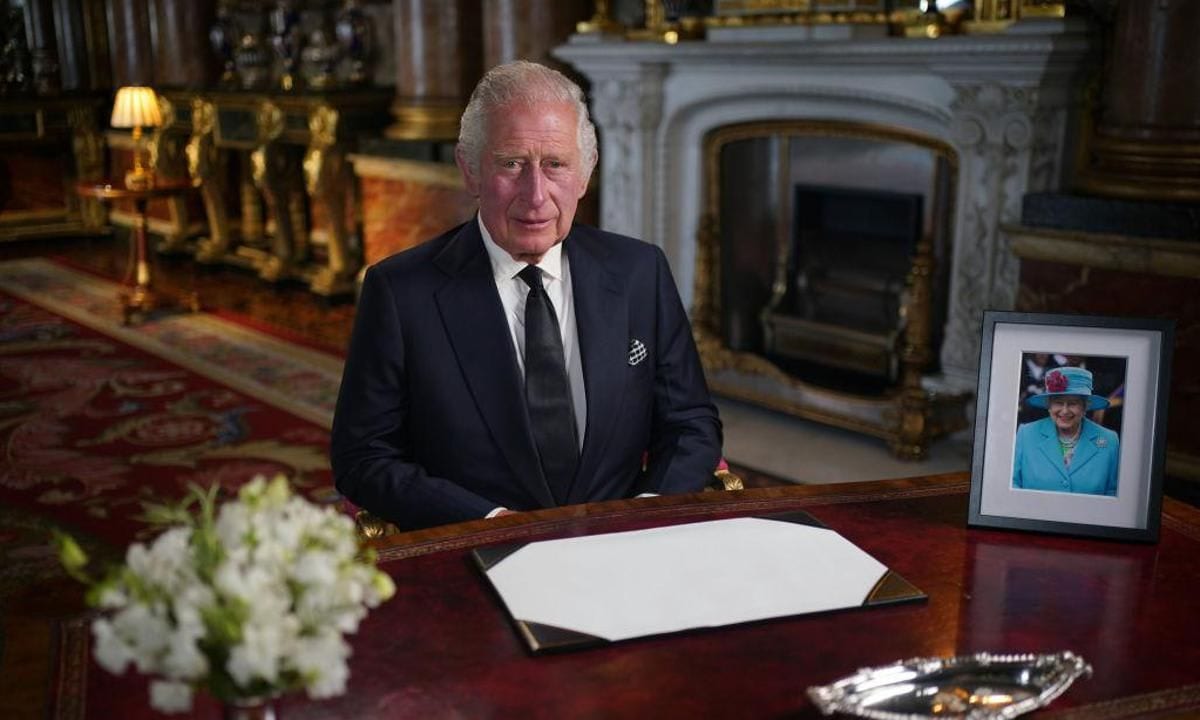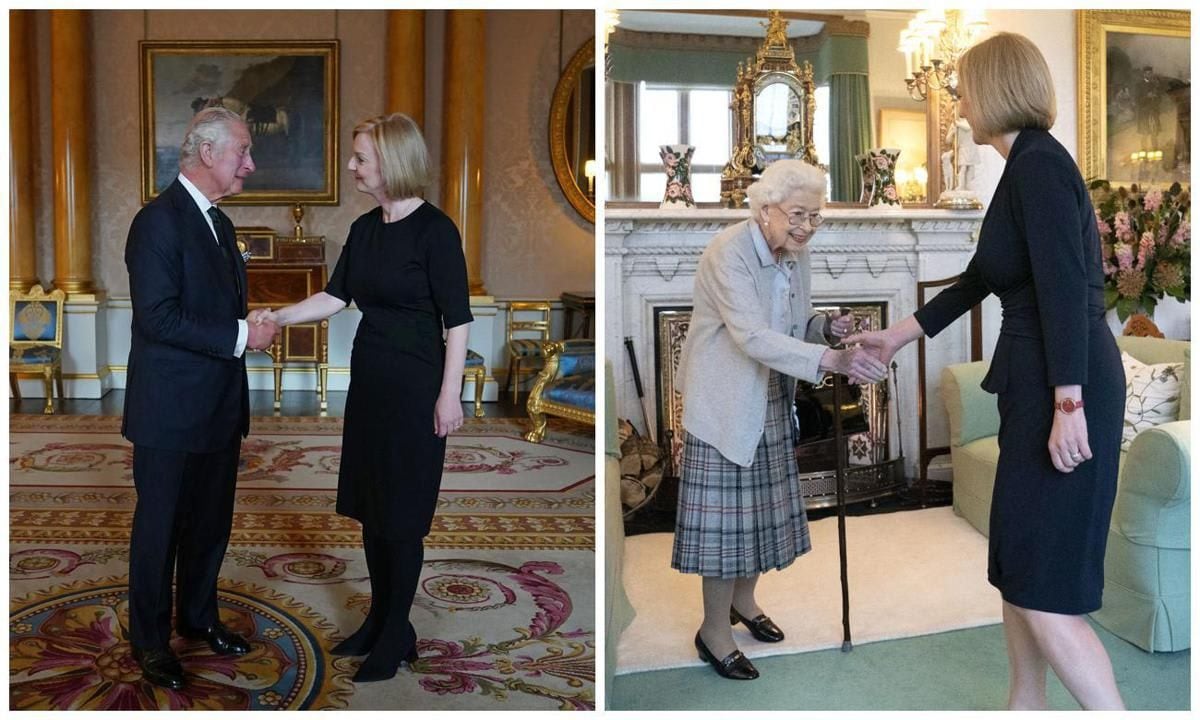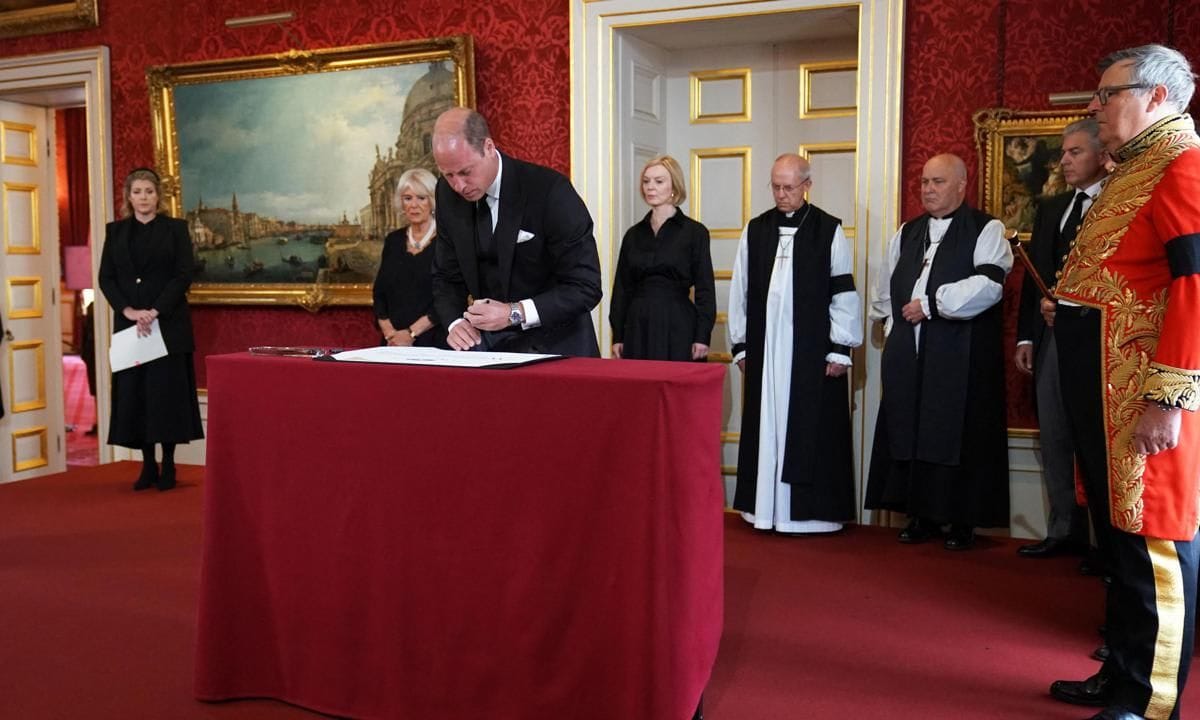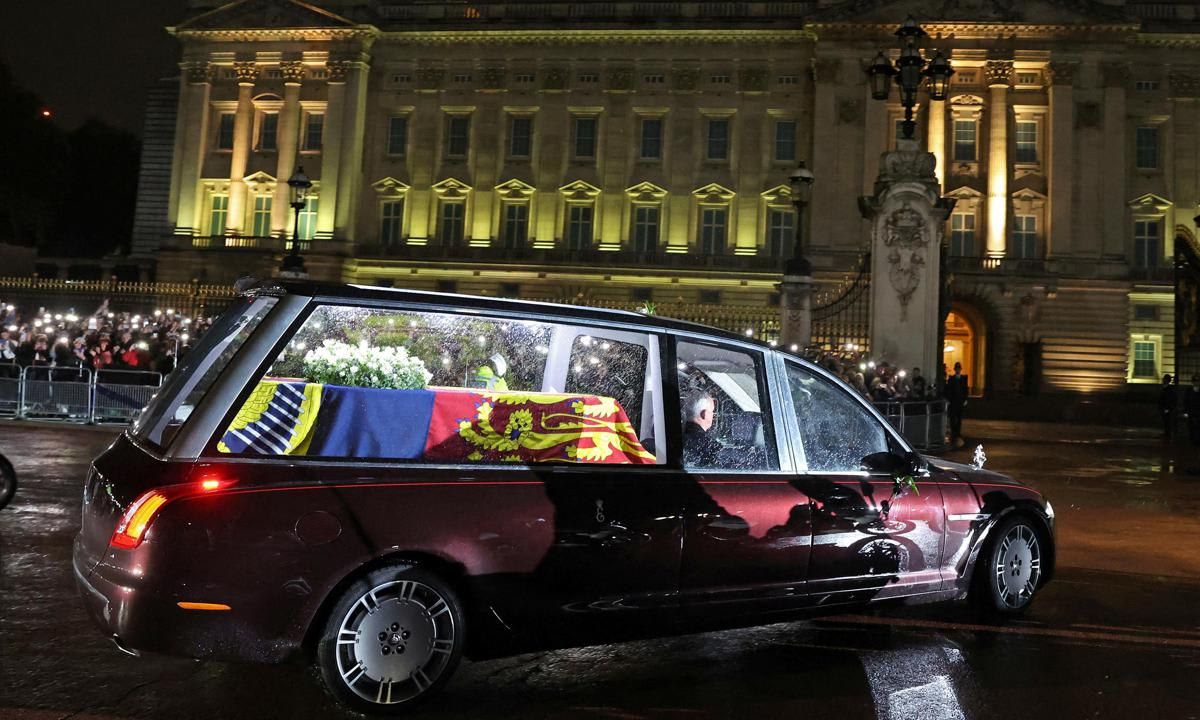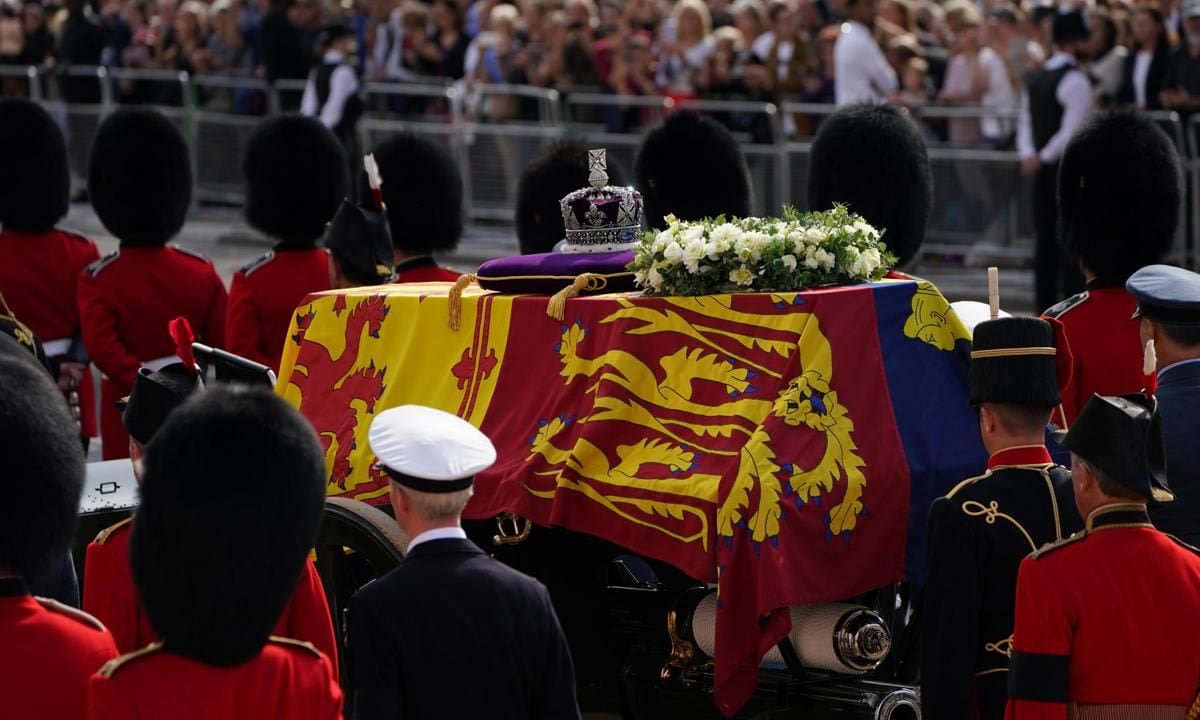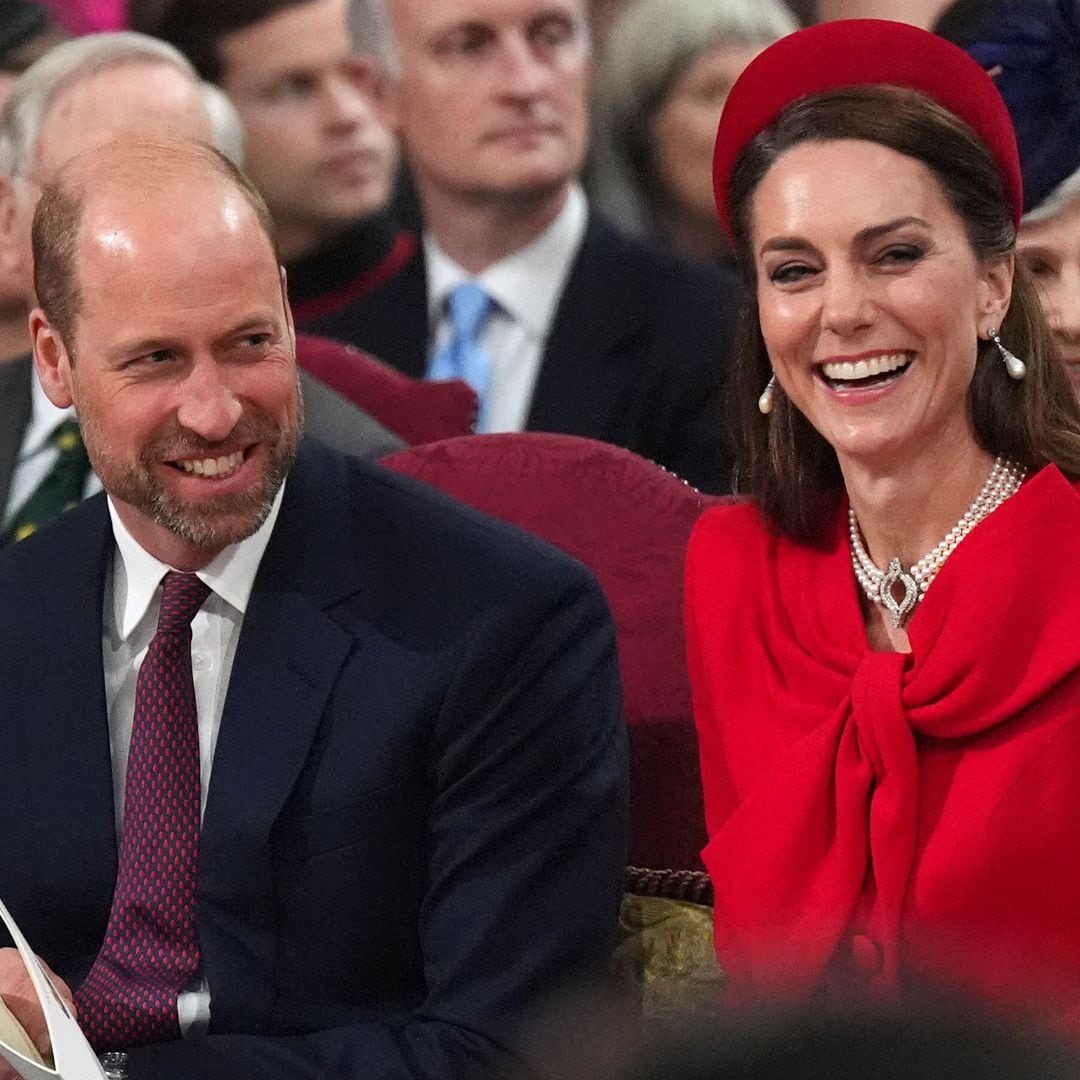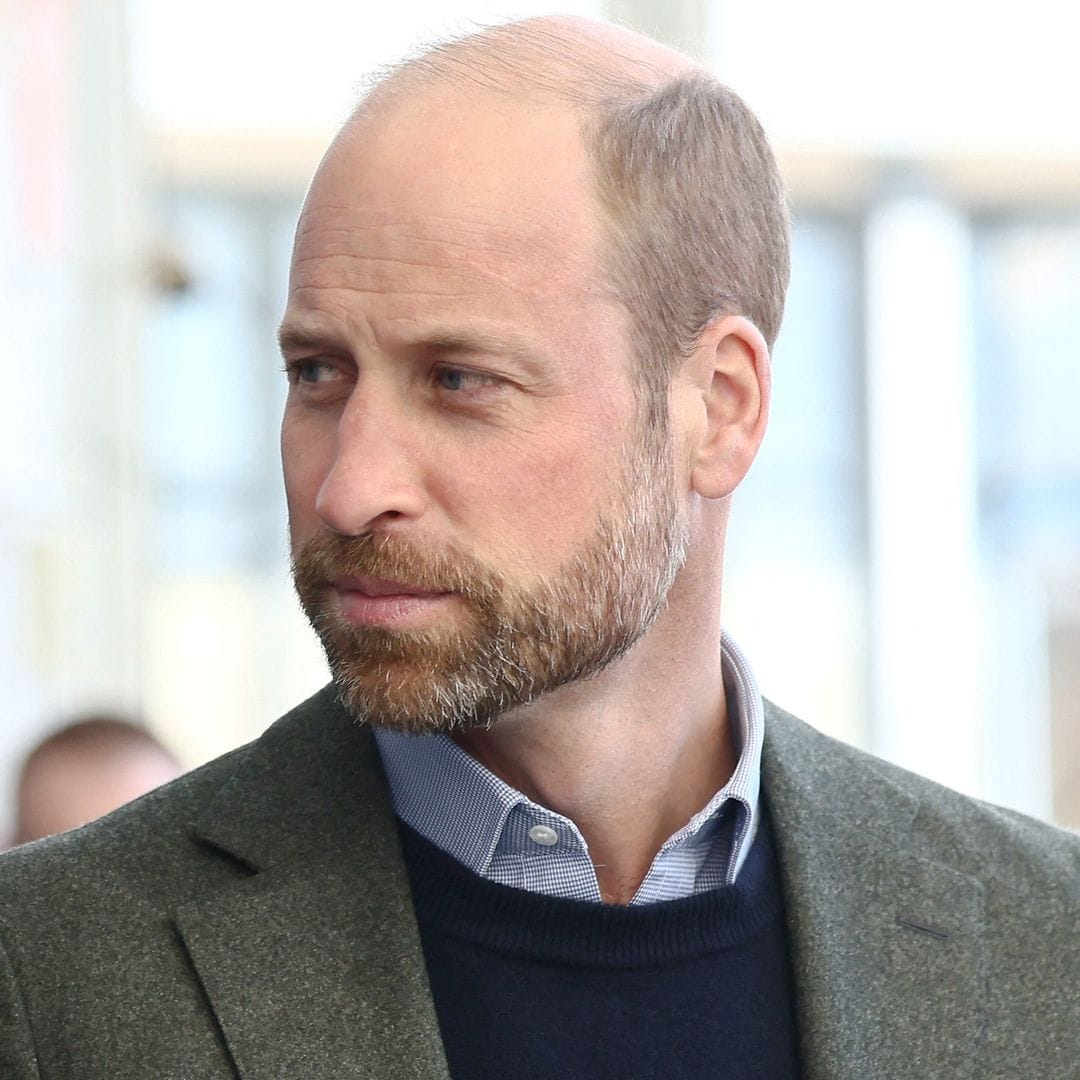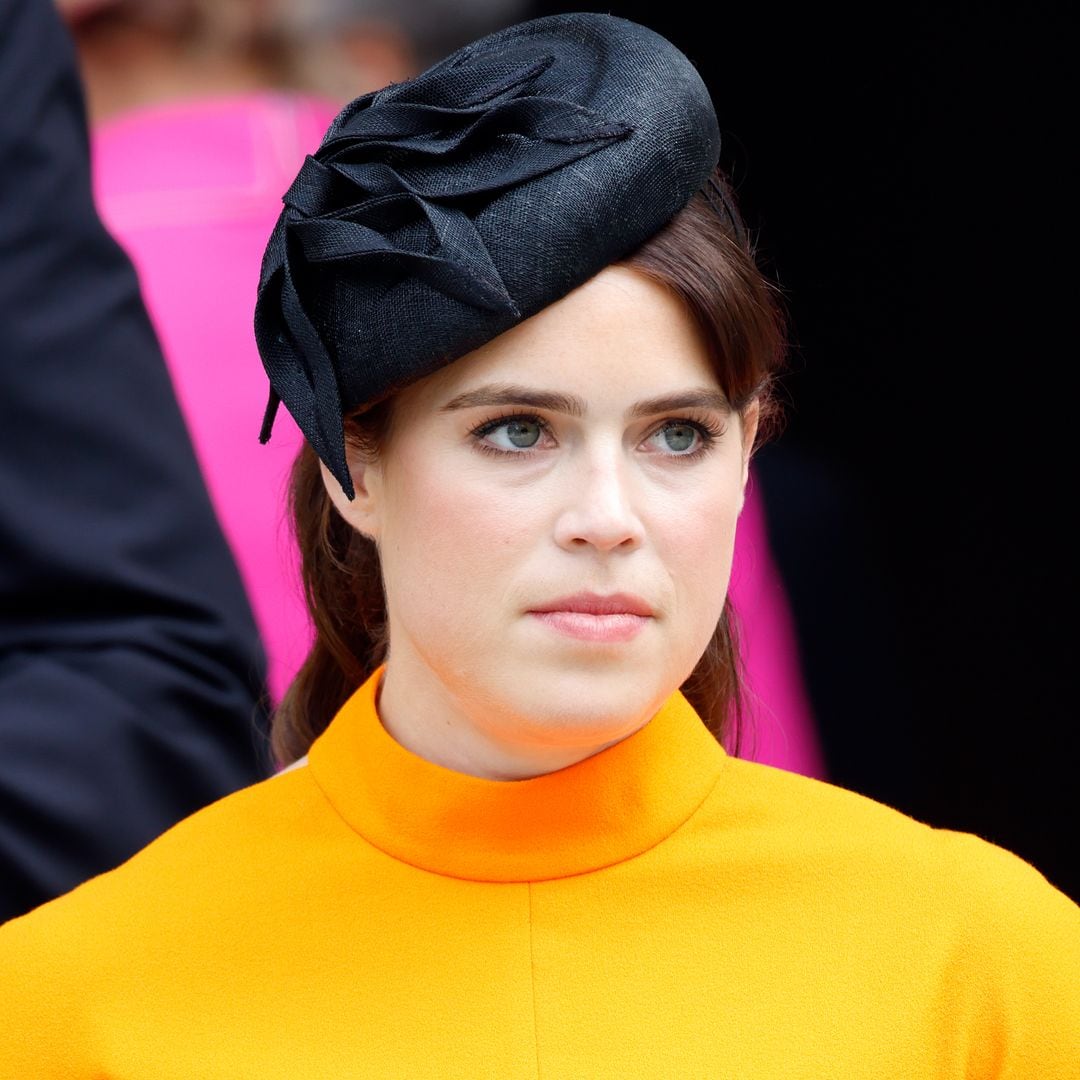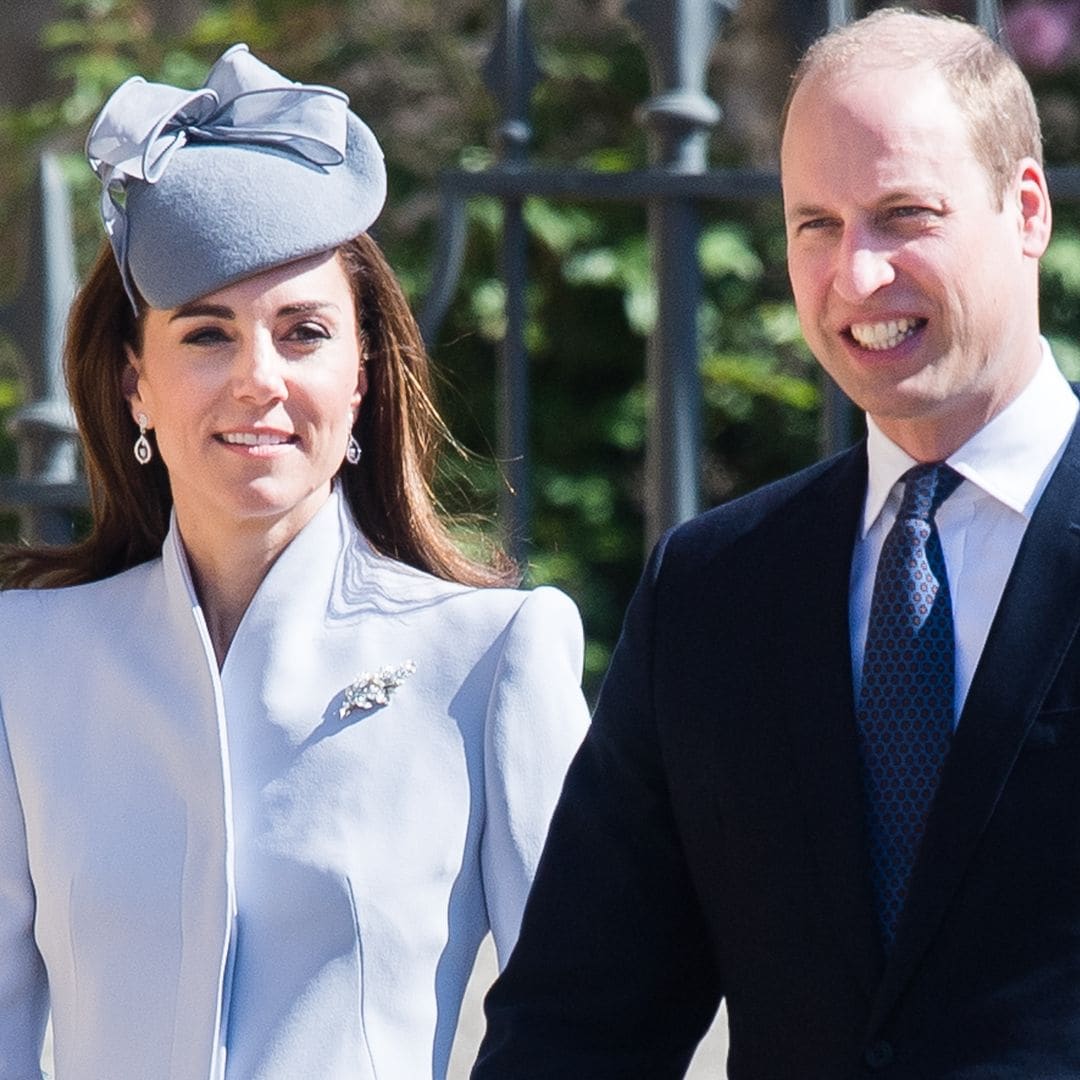After Queen Elizabeth II ’s passing on Thursday, September 8, at 96, Operation London Bridge began in action. After 70 years of reigning over Great Britain and the Commonwealth, a meticulously planned series of events will take place over ten days.
Simultaneously other protocols to continue with the royal legacy and the ascendancy to the throne of the heir will begin. Among the events is the proclamation of the new king. On Friday, September 9, Charles III issued his first speech as king, remembering and thanking his mother. The new King also honored his wife, Camilla, and his sons, Prince William, and Prince Harry.
Hours after the monarch’s passing, the King had to respect the timeline and meet with the new Prime Minister, Liz Truss, who took the position and was received by her Majesty The Queen days after she died. It was their first and last meeting.
The Duke of Norfolk, Thomas Howard, son of one of Queen Elizabeth’s dearest friends, was in charge of the funeral arrangements and the following acts and related events.
In honor of the Queen, Westminster Abbey, St. Paul’s Cathedral, and Windsor Castle bells rang. At Hyde Park and other stations, 96 cannon salvos were fired, one for each year of Elizabeth II’s life. A church service was held at St. Paul’s Cathedral to pay tribute to the late queen.
On Saturday, September 10, Charles III was declared King and his wife, his Queen Consort. It was a significant event spearheaded by the Accession Council, very different from the coronation ceremony for which there is no scheduled date yet, but it could take as long as the new King decides. In the case of Elizabeth II, she waited more than a year after mourning her father.
The proclamation of Charles III took place at St James’s Palace, a ceremony televised for the first time in the history of British Royalty. Penny Mordaunt MP, Lord President of the Accession Council, chaired the event that welcomed 200 of the 700 councilors. Charles, who has been preparing for this moment for decades, has had the support and company of his wife since, in 2016, she was appointed private counselor.
Following the protocols and traditions of royalty, the proclamation of a new king was made from the Friary Court’s balcony. At that time, the flags at half-staff in mourning for Queen Elizabeth will fly from above only for 24 hours as a sign of a new monarch and then return to the mourning position. After being named king, the official acts of Carlos III began with a meeting with the prime minister as well as with the cabinet.
The new king will stick to the tradition of the early 18th century, taking a declaration and an oath to preserve the Church of Scotland.
On one of the balconies of Friary Court at St. James’s Palace, a town crier announced after a fanfare with trumpets. The person in charge will be the Garter King of Arms, who reported to the people: “God save the king.”
Hyde Park rang again with gunshots, as well as the Tower of London and the warships. In Edinburgh, Cardiff, and Belfast, the proclamation of the new king was also officially read.
At the end of the proclamation of Charles III, the queen’s funeral continued its course. The queen’s body left Balmoral Castle for the Palace of Holyroodhouse in Edinburgh, by land. On Monday the 12th, the Royal Family walked in a procession down the Royal Mile to St Giles Cathedral with a vigil. The Scottish were able to give the last goodbye to the queen.
The already appointed king attended a condolence meeting of the House of Commons and the House of Lords in Westminster. Likewise, the king traveled to Scotland and England, and other points in Northern Ireland. A route that many will recognize with the name Operation Spring Tide.
Operation Unicorn
Under this name, on Tuesday, September 13, Queen Elizabeth II was transferred to London, with a funeral at the famous Buckingham Palace. To have everything under control, there was a parade rehearsal holding the coffin from this point to the Palace of Westminster.
The first funeral was held on September 14 in Westminster Hall, a protocol known under the code Operation Marquee. It took place over four days and had a ceremonial procession. The royal family held a church service led by the Archbishop of Canterbury.
The international heads of state will also be able to say goodbye to her with a plan set between Friday, 16, and Sunday, 18. On Monday 19, a state funeral will be held at Westminster Abbey, where the queen’s body will arrive in a horse-drawn carriage and with a procession of family, military, and various heads of state as seen at the duke’s funeral of Edinburgh last year.
At least two thousand people are expected. The tour will be the most special for the British people, as it will be there where they will be able to say their last goodbye to the queen, a tribute that will be televised around the world.
The coffin will arrive at St George’s Chapel at Windsor Castle in a service that will also be televised. However, that is not the last rest of the queen; most intimately and familiarly, the queen will be buried in the memorial chapel of King George VI, father of Elizabeth II.
Eternity with the love of her life
In the last destination of Queen Elizabeth II, not only would she be accompanied by her family, but by her orders, she left it said that the remains of her husband, the Duke of Edinburgh, who died in April 2021, be transferred from the royal vault next to the queen—standing by her one true love, the father of her children, Prince Philip.
,type=downsize)
